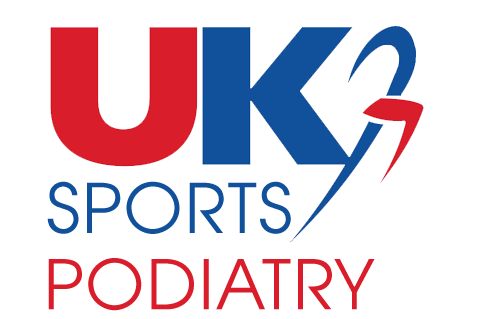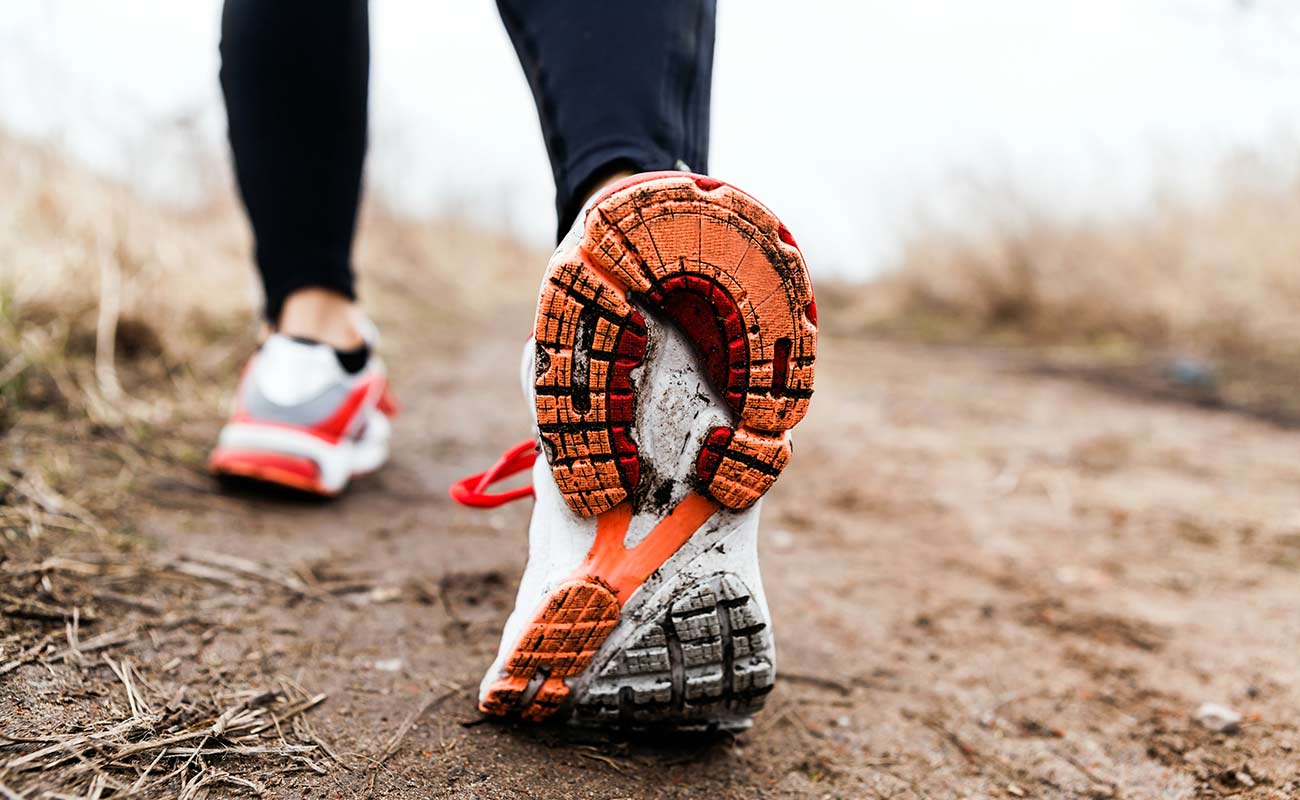
Does Over Pronation Even Exist?
Pronation is essentially the rolling inward of the foot as it comes into contact with the ground through each step. Most runners (or about 98% of you) pronate, generally landing on the outside of the heel as the foot contacts the ground and then rolling inward from the heel strike to toe off. The other 2% of runners supinate, rolling from the inside/out instead of outside/in. Those of us who pronate all pronate to different degrees depending on how the feet, ankles and legs work together. Beyond the mechanics of it, pronation is simply the body’s way of dissipating the forces associated with each foot strike. Without pronation, which spreads the load of ground contact over many milliseconds (instead of one) and over more muscles and tendons and bones, you would likely break your ankle when you hit the ground with one an intense thud.
1. The term “over-pronating” implies that there is a standard line over which “normal” pronation becomes “over.” But, who created that standard? If you look, you won’t find an answer. I submit that the line was created in the 1970s by our need for visual symmetry and by what has become millions of marketing dollars spent to sell you shoes, not by any true scientific definition of how the foot and ankle should work. What if those who pronate more than average have a greater need for force dissipation than others, a need that shouldn’t be hindered but rather facilitated? What if there is nothing to correct at all?
2. There is no scientific link to so-called “over-pronation” and injury. You can find studies from a running shoe company itself that dispel the myth that “over-pronation” causes injury. As a specialist podiatrist, I deal with injured runners daily, none of whom have had injuries caused by pronating too much soley. In fact, I challenge anyone to name one single injury caused by this “dreaded” affliction. Not Plantar Fasciitis… that’s caused by tight or weak lower legs/calves. Not Runner’s Knee…. weak hips/ankles. Not shin splits… overuse or tight/weak shins/calves. Not IT band syndrome… instability/weakness in the hips and core. And the list could go on. Now im not saying that too much pronation which occurs too quickly cannot be a contributing factor, of course it can! However those health professionals (looking at some of my fellow podiatrists here!) that say “over pronation” is the primary cause of running injuries are mistaken. It is one piece in the jigsaw, in some patients its more of a contributing factor then others but its not holy grail on biomechanics, anymore! Orthotics have their role within the management of running injuries, as long we realise the purpose of the orthotics which is that orthotics modify the direction, amount and timing of the forces under your feet in order to balance stresses acting on your feet and legs. The aim of insoles and orthotics is to reduce any potentially damaging strain to allow you to be symptom and pain free and not to stop “over pronation”.








